Why Organic Makeup Is Becoming a Must-Have for Modern Consumers
flareAI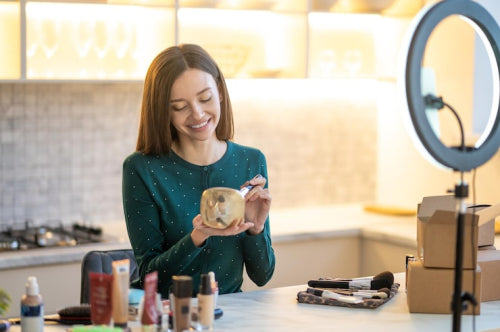
Imagine late-night doom-scrolling on Instagram, your eyes heavy from the day's grind, when a mesmerizing clip catches you: a seamless foundation blend that glides on without a hint of irritation or cakiness. The influencer gushes over a line of makeup so pure, its ingredients could double as a midnight snack free from parabens and synthetic nasties, powered purely by nature's finest. This isn't a fleeting gimmick; it's the beating heart of today's beauty landscape. Delve into Why Organic Makeup Is Becoming a Must-Have for Modern Consumers, and it's clear: we're witnessing not a whim, but a profound pivot in how we adorn ourselves, prioritizing health alongside allure.
Many women feel trapped by makeup that hides flaws but risks irritation and hidden toxins. This daily choice weighs heavily, dimming confidence over time. Liht Organics invites you to embrace beauty differently. With up to 90% USDA-certified organic ingredients, our vegan, cruelty-free products deliver vibrant color and gentle care, letting you glow with confidence, knowing your skin is nurtured, not compromised. Shop Now!
Why Organic Makeup Is Gaining Traction
The cosmetics realm has always been a realm of bold claims eternal youth in a jar, coverage that defies gravity, scents evoking distant shores. Yet beneath the glamour, a seismic shift brews. No longer content with mere aesthetics, discerning buyers now demand products that align with their deeper values: safety, sustainability, and uncompromised performance. This evolution traces back to a confluence of wake-up calls from high-profile recalls of contaminated formulas to a post-pandemic ethos where self-care morphed into self-preservation. Millennials and Gen Z, weaned on organic kale smoothies and zero-waste ethos, have accelerated the charge, rejecting the chemical cocktails of yesteryear for formulations rooted in the earth.
Hard data underscores this momentum with unyielding clarity. Recent industry projections reveal that the global natural and organic cosmetics market stood firm at USD 41.65 billion in 2024, setting the stage for robust expansion to USD 103.23 billion by 2034. This trajectory reflects a steady compound annual growth rate of 9.50 percent starting in 2025, propelled by a surge in consumer demand for safe, eco-conscious alternatives that harmonize beauty with broader wellness goals. North America's slice of this pie alone tallied USD 19.16 billion in 2024, affirming the movement's stronghold beyond boutique niches into everyday routines. Shoppers, weary of flare-ups from adulterated aerosols or sensitivities triggered by artificial essences, flock to these options as a reliable pact: radiant results minus the regret.
This isn't mere hype; it's a market reckoning. In regions like Australia, where sun-damaged skin demands gentle fortification, or India, with its tapestry of traditional herbal wisdom, organic makeup bridges cultural legacies with contemporary cravings. The result? A democratized beauty standard where efficacy meets empathy, inviting everyone from harried professionals in Singapore's skyscrapers to wellness seekers in Saudi Arabia's dunes to partake without compromise.
Emerging Trends in Organic Makeup
At its core, sustainability has transcended slogan status to become the industry's operational north star. Envision lipstick cases that biodegrade in your backyard or foundation pods refilled at community hubs in Malaysia's bustling eco-markets innovations that slash single-use plastics while amplifying brand allegiance. Across fast-evolving economies like those in India and Malaysia, where rapid urbanization clashes with environmental ethos, buyers seek synergies: products that mirror their dual lives of hustle and harmony. Clean beauty, once a hazy ideal, now adheres to ironclad benchmarks eschewing sulfates, phthalates, and other disruptors in favor of potent plant actives that multitask as subtle skincare allies.
Social channels ignite this inferno of change. TikTok's algorithm-fueled frenzy turns a fleeting demo into viral gold, with creators under stark LED glows exposing how organic tints build flawlessly, sans the dreaded creasing. Over on Instagram, sun-drenched hauls from Australian tastemakers celebrate hydrating concealers that quench rather than quench thirst hashtags like #CleanBeautyRoutine amassing billions of views. These aren't passive billboards; they're dynamic academies, where one incisive reel unpacking the long-term toll of petroleum-derived pigments can pivot perceptions, converting the dubious en masse. In the UAE and Saudi Arabia, where modest elegance reigns, influencers layer Liht Organic's palettes to showcase enduring vibrancy amid desert heats, blending cultural poise with global gloss.
Liht Organics navigates these currents with masterful poise. Stocked at forward-thinking venues such as Singapore's The Green Collective or the UAE's Gold Apple emporiums, their collections prioritize unyielding wear paired with pristine composition. Consider a crimson matte that withstands Dubai's sweltering haze or a multitasking tint that balances hue while infusing organic elixirs for barrier support delivered from dual powerhouses: America's exacting labs for formulation finesse and Singapore's nimble networks for seamless reach. This transcontinental synergy caters to eclectic palates, from Australia's beach-ready neutrals to India's festive pops, heralding organic as the bedrock of tomorrow's vanity.
Corroborating analyses illuminate the breadth: the worldwide arena for these formulations tipped the scales at US$31.4 billion in 2024, charting a course to US$52.2 billion by 2030 via an 8.9 percent annual uptick. Within this, skincare leads the charge, poised for a 9.8 percent growth spurt to US$18.6 billion by decade's close, while core cosmetics trail at 8.6 percent. Stateside, the foothold measures US$8.0 billion as of 2024, with high-velocity spots like China accelerating at 13.1 percent fueled by e-tail explosions and ascending affluence in locales from Saudi souks to Malaysian megamalls. These currents transcend borders, weaving a tapestry of accessible, accountable allure.
Real-World Examples and Case Studies
Ground-level vignettes bring the abstract to life. Stateside, where Sephora's verdant sections now eclipse their synthetic siblings, innovators like Liht Organics redefine the playbook. Their wares grace Namshi's UAE lifestyle portals, drawing aspirants after that lit-from-within luminosity. Echoes abound in unvarnished exchanges: forum threads alive with progression snapshots, where longtime sufferers of stubborn breakouts recount liberation via Liht's botanical-infused bases clarity emerging sans the saga of flare-ups or fades.
Eastward in Singapore, where tropical mists render conventional cosmetics a futile farce, The Green Collective curates Liht's arsenal to fervent praise. Urbanites toggling between high-stakes huddles and harbor escapes laud the resilience woven with restoration, turning potential smudges into steadfast statements. Parallel narratives unfold in Australia's coastal enclaves or India's kinetic cities: here, organic morphs from concession to cornerstone, as evidenced by TikTok-fueled frenzies where challengers stack Liht's spectrum to affirm tenacity against perspiration and pace. These episodes transcend outliers; they validate a symbiosis where cosmetic craft bolsters bodily vitality, cementing devotion in droves.
Venture to Saudi Arabia's nascent beauty vanguard, where ancestral rites entwine with avant-garde aspirations, and Face's shelves resonate with this refrain. Empowered voices, navigating societal evolutions, gravitate toward elixirs that revere dermal delicacies absent abrasive agents. Liht Organics slots in sublimely its bicoastal blueprint melding Yankee ingenuity with Singaporean subtlety, attuned to variegated weathers and tones, from arid ochres to monsoon mauves. In Malaysia's multicultural mosaic, akin affinities flourish, underscoring a universal truth: when purity powers performance, borders blur, and beauty universalizes.
Key Challenges, Limitations, or Risks
Revolutions, by nature, tread uneven terrain. Foremost among hurdles looms comprehension: throngs remain adrift in the "organic" ocean, querying longevity amid the switch. Ingredient rosters mimic arcane scripts laudable lavender alongside enigmatic emulsifiers sparking sighs over substance. Forward-thinkers must illuminate sans condescension, recasting data into digestible dramas that resonate.
Economics deliver another jab: premiums persist, as ethically sourced exotics like untamed butters or equitable oils command costs. In thrift-minded terrains like Malaysia or India's heartlands, this chasm can chill enthusiasm. Trust, that elusive currency, frays further under greenwash guises faux "pure" facades veiling vices or labyrinthine labels querying true pedigree. Liht Organics parries with resolute candor: exceeding 80 percent organics, rigorously assayed, bereft of bluff. Yet sector-spanning skepticism summons sustained stewardship, from crystalline disclosures to third-party seals.
Dermal variances introduce subtleties too; no universal panacea exists, with botanicals harboring sensitivities akin to synthetics. Still, as profundities proliferate through TikTok dissections and Instagram interrogatives, impediments erode. The path winds, but its promise elevated equity in every application compels the climb.
Opportunities, Efficiencies, or Business Impacts
Invert the lens, and vistas unfurl. Horizons summon: Saudi opulence, Australian vitality surges, India's ascendant cohorts. Liht Organics calibrates accordingly, harnessing Namshi's UAE expanse or Gold Apple's selective showcases for precision penetration. Growth eschews excess for acuity, harnessing digital dynamos to trim overheads and forge unmediated bonds.
Allegiance germinates in genuineness. A tint that tends as it transforms? Recurrence soars. Enterprises flourish thus: attrition dips, elevations accrue from valorized valuations rooted in rectitude. For Liht, resonance reverberates nurturing nexuses on feeds where counsel cascades, eclipsing commerce. Amid a domain distending to dizzying decimals, artisans of aim and aptitude don't endure; they etch eras.
Streamlining spotlights logistics: Singapore synapses expedite Eastern flows, American anchors affirm excellence. Verdant, vigilant, vigorous emissions ebb as yields ascend. The cascade? A refined realm, reapplied ritual by ritual.
Expert Insights and Future Outlook
Surveying the settling sands of this aesthetic awakening, prognosticators peer with poised prophecy. Forthrightness reigns supreme ledgers laced with ledger-proof lineages, algorithms authoring bespoke blends. Circularity? Imperative, loops latched to nullify discards. Tailored trinkets, microbiome-matched monochromes, materialize on the margin.
Liht Organics, bearer of ingestible integrity and hemispheric handiwork, hunkers at the helm. As enlightenment expands and credence consolidates, they pioneer, intertwining enchantment with empiricism. For the now-natives, entwined in streams and sentiments, organic transcends addendum it's axiom. Thus, at your next nostril nudge toward the nozzle: Mere mask, or mindful ministration? That query could quartz your gaze anew.
Frequently Asked Questions
Why is organic makeup becoming so popular with consumers today?
Organic makeup is gaining popularity because modern consumers prioritize health, safety, and sustainability alongside beauty performance. The shift accelerated post-pandemic as people became more conscious of what they put on their skin, with Millennials and Gen Z leading the charge by rejecting chemical-heavy formulations in favor of natural, earth-based ingredients. Social media platforms like TikTok and Instagram have also amplified awareness, with influencers showcasing how organic makeup delivers flawless results without harmful side effects.
How big is the organic makeup market and is it expected to grow?
The global natural and organic cosmetics market reached $41.65 billion in 2024 and is projected to grow to $103.23 billion by 2034, representing a compound annual growth rate of 9.50%. North America alone accounted for $19.16 billion in 2024, demonstrating strong consumer demand across regions. This growth is driven by increasing awareness of ingredient safety and the desire for eco-conscious beauty alternatives that align with wellness goals.
What are the main challenges facing organic makeup brands today?
The primary challenges include consumer confusion about what "organic" truly means, higher price points due to ethically sourced premium ingredients, and building trust in a market plagued by greenwashing. Many consumers struggle to understand complex ingredient lists and question the longevity and performance of natural formulations. Additionally, organic makeup brands must navigate varying skin sensitivities and prove their products can deliver the same results as conventional cosmetics while maintaining their clean, sustainable standards.
Disclaimer: The above helpful resources content contains personal opinions and experiences. The information provided is for general knowledge and does not constitute professional advice.
You may also be interested in: Makeup That Makes You - Liht Organics
Many women feel trapped by makeup that hides flaws but risks irritation and hidden toxins. This daily choice weighs heavily, dimming confidence over time. Liht Organics invites you to embrace beauty differently. With up to 90% USDA-certified organic ingredients, our vegan, cruelty-free products deliver vibrant color and gentle care, letting you glow with confidence, knowing your skin is nurtured, not compromised. Shop Now!
Powered by flareAI.co
Share
You May Also Like
-

Discovering Self-Love Through Clean Beauty: A Guide to Nurturing Your Inner and Outer Self
In the journey of self-love, every action, thought, and choice we make towards ourselves can be a powerful affirmatio...
-

The Science Behind Organic Makeup and Pregnancy: A Gentle Choice for Moms-to-Be
wp:paragraph Pregnancy is a wonderful and exciting journey that comes with added responsibilities of ensuring the ...
-
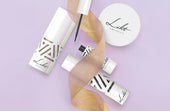
Liht Organics Black Friday: Enhance Your Beauty Routine with Vegan, Organic, and Natural Essentials!
As the holiday season approaches, there’s a sparkle in the air, and we at Liht Organics are thrilled to add a touch o...
-

Organic Makeup That Heals As It Conceals
Liht Organics Empowers Women With Only The Best For Their Beauty NeedsLiht Organics combines the best of both worlds:...
-
![[FEATURE] Liht Organics to debut at TFWA Asia Pacific show](//lihtorganics.com/cdn/shop/articles/1_1.png?v=1759328400&width=170)
[FEATURE] Liht Organics to debut at TFWA Asia Pacific show
‘Organic makeup that’s safe enough to eat’ — Liht Organics to debut at TFWA Asia Pacific show by Hannah Tan | 24 Apri...
-
![[FEATURE] The Singapore-based organic makeup brand is a first-time exhibitor at this year’s TFWA Asia Pacific Exhibition in Singapore in May 2025](//lihtorganics.com/cdn/shop/articles/2_1.png?v=1759328386&width=170)
[FEATURE] The Singapore-based organic makeup brand is a first-time exhibitor at this year’s TFWA Asia Pacific Exhibition in Singapore in May 2025
TFWA Asia Pacific preview: Liht Organics targets expansion in travel retail By DFNI Staff Writer The Singapore-bas...
-
![[FEATURE] Travel Retail Awards 2025 finalists - Best Make-up Product Color-Intense Liquid Lipstick – Liht Organics](//lihtorganics.com/cdn/shop/articles/4_e2f54f0f-fcd1-46e7-9990-fc9d29e35131.png?v=1759328382&width=170)
[FEATURE] Travel Retail Awards 2025 finalists - Best Make-up Product Color-Intense Liquid Lipstick – Liht Organics
Revealed: Travel Retail Awards 2025 finalists By Trbusiness Editor | Wednesday, 23 July 2025 15:21 TRBusiness is th...
-
![[FEATURE] Liht Organics targets expansion in travel retail](//lihtorganics.com/cdn/shop/articles/3_1.png?v=1759328346&width=170)
[FEATURE] Liht Organics targets expansion in travel retail
Organic makeup that’s safe enough to eat: Liht Organics targets expansion in travel retail By Laura Shirk Liht Organ...
-

[FEATURE] Gulf News: TikTok’s strawberry girl makeup trend: How to achieve that rosy glow inspired by Hailey Bieber
Berry, berry, strawberry, love strawberry, like BTS’s J-Hope, the band’s strawberry enthusiast once said. If only we ...
-

[FEATURE] Gulf Business Magazine : Liht-ing it up
Our founder, Nerissa Low was interviewed by Gulf Business, where she discussed her experience launching Liht, an orga...
-

[FEATURE] Daily Vanity: 11 local beauty brands owned by women – you’d be surprised how many of them started in their kitchens!
When we give a shout-out to homegrown beauty businesses, we aren’t just doing it for the sake of supporting local. Th...
-

[FEATURE] Entrepreneur ME : UAE-Based Liht Organics' Nerissa Low On Crafting An Organic Makeup Brand For The Skin-Conscious Consumer
As is the case with the origin stories of so many startups out there, Liht Organics came into being after its founder...
-
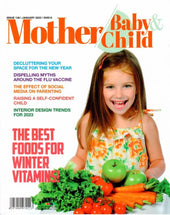
Mother, Baby & Child Editor’s Pick: Liht Organics Lights the Way
Excited to be the Mother, Baby & Child’s ‘Editors pick’ for their choice of Beauty brand.The article outlined the...
-
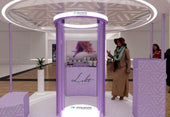
[FEATURE] EmiratesWoman - 8 Fabulous things to do in Dubai this weekend
by SARAH JOSEPHJANUARY 20, 2023Try the UAE’s first virtual reality makeup podium The popular VR-backed makeup exper...
-

Nerissa Low of Liht Organics On The Self-Care Routines & Practices Of Busy Entrepreneurs and Business Leaders
By Maria Angelova, CEO of Rebellious Intl.Date: 4 January, 2023Nerissa Low of Liht Organics On The Self-Care Routines...
-

Liht Organics: Meet the beauty brand that has caught the eye of the Royal Family of Bahrain
By Crystal Lee Digital Editor28 May 2021The world of clean beauty is, ironically, rather murky.That’s because the ter...
-

The latest luxury makeup and skincare drops, including serums, concealers, moisturisers and more
Allisa Noraini21 May, 2021It’s fine to splurge in the name of beauty. This new range of makeup and skincare drops are...
-

These SG Beauty Bosses Are Conquering The World Despite The Pandemic
First Singapore, then the US, China, Germany, Dubai, UK, South Korea, Malaysia, Hong Kong, Thailand, Australia… By...
-

Nerissa Low, Founder at Liht Organics
Written by Callum LaingPosted on December 26, 2020 10 min readNerissa Created Organic Makeup That Actually Improve...
-

Liht Organics – Makeup That Makes You
At Liht Organics, our mission is simple – to provide women (and men) with a safe experience when it comes to beauty s...
-

Why Should We Use Organic Makeup?
We cannot deny that cosmetics is one of our beauty essential item – it enhances our looks and conceals our flaws. Man...
-

Organic makeup and why your skin will love it: Liht Organics founder
By Jolene,July 27, 2020 |7 mins readOrganic make up in Singapore is a trend that is fast-catching on here as we becom...
-

[FEATURE] DC EDIT – Makeup & Confidence: Talking Self-love With Liht Organics’ Founder Nerissa Low
Makeup and confidence — the long, drawn-out fight that many of us have grappled with personally. I’m sure I’m not the...
-

[FEATURE] THE FEMALE CULTURE – I TRIED LIHT ORGANICS AND THIS IS HOW IT WENT
I’m a huge fan of makeup and I love testing out new products so I was pretty excited to get my hands on Liht Organics...
-

[FEATURE] SINGAPORE MOTHERHOOD – The Best Organic and Natural Skincare and Makeup for Pregnant and Breastfeeding Mums in Singapore
Pregnancy is a hormone-volatile period for women. One place where this makes itself seen and felt is on the skin. Som...
-

[FEATURE] AFTER CLINIC HOURS – 21 Back to Beauty Deals in Singapore (2020)
With spas and salons shuttered island wide for two months, I never thought I’d be this desperate for a good old’ Swed...
-

[FEATURE] KUL AL USRA MAGAZINE JUNE 2020
Choosing Pinks & Oranges this summer!Featured: Moisture Burst Lip Glaze in Pink Cupcake.
-
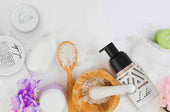
[FEATURE] Award-winning Organic Makeup Brand Liht Organics Gives Back to the Community & Environment During COVID-19
Singapore’s First Organic Makeup Brand with 100% Natural Makeup That Is Safe Enough to Eat Liht Organics promises org...
-

[FEATURE] COSMETICS DESIGN ASIA – COVID-19 ‘WAKE-UP CALL’: SINGAPORE’S LIHT ORGANICS SEES GLOBAL POTENTIAL AMID CLEAN BEAUTY CLAMOUR
Original article at: https://www.cosmeticsdesign-asia.com/Article/2020/06/26/Singapore-s-Liht-Organics-sees-globa...
-

[FEATURE] THE LIFESTYLE COLLECTIVE – BEAUTY SHOULD NEVER BE CRUEL
Date: June 24, 2020Author: Kristen Chen Liht (pronounced as light) Organics is a Singaporean organic makeup brand t...
-

[FEATURE] NÜYOU – 7 ONLINE PLATFORMS TO SHOP FOR CLEAN BEAUTY PRODUCTS
纯净美容(Clean Beauty)的美肤概念,再近几年来越来越受欢迎。随着消费者“爱自己”的美容意识逐步提升,对于用在脸上的所有物品、成分更为关注和讲究。以广义来讲,纯净美容主张使用“干净”成分和无毒配方,让肌肤的可能性损伤减到最小...
-

[FEATURE] COSMOPOLITAN MIDDLE EAST – 3 BENEFITS OF SWITCHING TO ORGANIC BEAUTY PRODUCTS THIS RAMADAN
By Cosmo – May 08, 2020Nerissa Low, founder of Liht Organics, shares the ultimate benefits of going organic this mont...
-

Nerissa Low of Liht Organics: “Seeing Light at the End of the Tunnel; 5 Reasons To Be Hopeful During this Corona Crisis”
Ely Weinschneider, Psy.D.May 8 · 9 min read …It shows us that everyone- whether we are rich or poor, regardless...
-

[FEATURE] AL MARA MAGAZINE APRIL 2020
-

[FEATURE] RetailME April 2020 – Liht Organics Stays Firm On Strengthening GCC Presence
-

[FEATURE] EMARAT AL YOUM NEWSPAPER – 27 MARCH 2020
English Translation:In spring and summer days, women love to have very light makeup in terms of color and texture, ...
-

[ARTICLE] WKND Magazine March 2020 – Know Your Organic Makeup
-

[FEATURE] AVIAMOST DUBAI – March/April 2020
English Translation:Lipstick with organic flowers. Thanks to the rich complex of natural ingredients, the lipstick...
-

[FEATURE] RUSSIAN EMIRATES (MAR/APR ISSUE)
Russian Emirates is a luxury lifestyle and fashion magazine covering information about the UAE, fashion, beauty, j...
-

[FEATURE] – KUL AL USRA MAGAZINE MARCH 2020
GET THE LOOK!
-

[FEATURE] IMAGES Retail ME – Liht Organics Announces GCC-Wide Expansion
Rupkatha Bhowmick Mar 10, 2020 The plan is to reach 75 Liht Organics retail touchpoints by June-July 2020 and touch...
-

[FEATURE] BABY & CHILD SPRING 2020 – NATURAL BEAUTIES
-

[FEATURE] AWQAT DUBAI – Liht Organics: The First Premium Organic Makeup Brand
ENGLISH TRANSLATION:Liht Organics – The First Premium Organic Makeup Brand Liht Organics, a premium organic beauty ...
-

[FEATURE] FRIDAY MAGAZINE – THE RETRO EYELINER LOOK
-

[FEATURE] MOTHER BABY & CHILD – VANITY ESSENTIALS – THE BEAUTY EDIT
-

[FEATURE] Masala! Magazine February/March 2020 Issue – Beauty Debut: Liht Organics
-

[Feature] – TimeOut Singapore – The Best Local Beauty and Skincare Brands In Singapore
For full article, click here.
-

[FEATURE] KUL AL USRA MAGAZINE – LIHT UP YOUR WORLD WITH LIHT ORGANICS
[ENGLISH TRANSLATION]Liht Up Your World With Liht OrganicsThe First Premium Organic Makeup Brand To Debut In The Mi...
-

[FEATURE] SINGAPORE TATLER – 9 Local Beauty Brands You Should Know Of
-

[FEATURE] nüyou August 2019 Issue – 15 Faces To Watch
-

[FEATURE] HONEYCOMBERS – Local Beauty Gurus: Singapore Beauty Brands You Need To Know About
-

[FEATURE] The Wellness Insider – Seeing The Liht With Founder Nerissa Low
-

[FEATURE] 联合早报 (LianHeZaoBao) – Women Entrepreneur Awards 2019 Coverage
-

[FEATURE] THE STRAITS TIMES Life – Clean beauty with a Singapore heart
-

Romantic Organic Makeup Looks for Valentine's Day: Tips, Tricks, and Product Picks
Valentine's Day is the perfect occasion to embrace the beauty of organic makeup. At Liht Organics, we believe in the ...
-
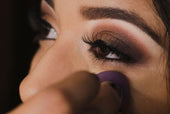
Enhance Your Eyes: A Guide to Eyeliner for Every Eye Shape with Liht Organics
Welcome to the Liht Organics blog, where we believe in celebrating the natural beauty of every eye shape. Today, we'r...
-
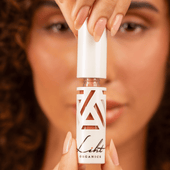
How to do makeup with only lipstick?
At Liht Organics, we believe in the power of clean beauty and the artistry of makeup. Makeup is more than just enhanc...
-

How to Clean Your Makeup Brushes in 6 Simple Steps
Cleaning your makeup brushes may seem like a tedious task, but it's an essential part of your beauty routine. Not onl...
-

Makeup Tips to Help You Look Your Most Flattering on Virtual Meetings!
After more than 2 years of work-from-home arrangement, and possibly hundreds of zoom calls and Google meet virtual me...
-
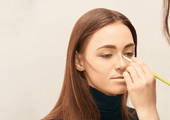
Learn How to Contour with This Simple Guide for Beginners
Want to take your makeup to the next level? Try contouring to achieve a more defined or sculpted look à la the Kardas...
-
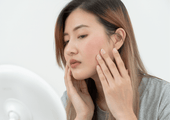
Essential and Easy Makeup Tips for Sensitive Skin
Living with sensitive skin conditions like eczema, psoriasis, and more is already not an easy feat. Throw in makeup t...
-

Raising Your Vibration: A Liht Organics Guide for Empowerment This International Women's Day
wp:paragraph As International Women's Day (IWD) approaches, it serves as a powerful reminder of the journey towards s...
-

The Beauty of Going Bare: Why Sleeping with Makeup is a No-No
Have you ever had one of those nights where you're too tired to clean off your makeup? You might believe, "Skipping...
-

Breast Cancer Awareness: Empower Your Beauty with Liht Organics Makeup
During October, we observe Breast Cancer Awareness Month as a way to unite and bring attention to breast cancer whil...
-

The Hidden Dangers of Carmine in Makeup Colorants: Embracing Healthier and Vegan Options
Makeup has become an integral part of our daily routines, allowing us to express our unique beauty. However, as we pr...
-

How can I ensure that my makeup products are organic and won't harm my skin?
When it comes to makeup, it’s important to be mindful of what you’re putting on your skin. With so many products on t...
-
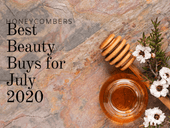
[FEATURE] HONEYCOMBERS – BEST BEAUTY BUYS IN JULY
by Nicole NithiyahWhat’s hot in our beauty hit list: Honest thoughts and top beauty stories we’re swooning over. As w...
-

Liht Organics Introduces Exclusive Gift Sets: Enhance Your Beauty This Festive Season!
As the holiday season approaches and the year draws to a close, Liht Organics is thrilled to present two enchanting g...
-

Get Spooktacular with the Best Halloween Makeup Ideas using Liht Organics' All-Natural, Vegan, and Cruelty-Free Cosmetics!
With Halloween just around the corner, it’s time to let your creativity shine and transform yourself into a spooky,...
-

Celebrating World Animal Day with Liht Organics: Embracing Natural Cruelty-Free Makeup
wp:paragraph As we observe World Animal Day, the team at Liht Organics takes great pride in honoring our pledge to...
-

Reasons Why You Should Choose Cruelty-Free Cosmetics Instead!
With increasing exposés unveiling the ugly truth behind animal testing that goes on in the beauty industry, it is lit...
-

Celebrate Singles Day with Makeup That Empowers – 22% Off at LIHT Organics!
This Singles Day, treat yourself to beauty that goes beyond skin-deep. At LIHT Organics, we believe makeup is about s...
-

Preparing for the Cozy Beauty of Autumn: A Preview of Your Fall Look
As we bid farewell to the warm, sun-kissed days of summer, it’s never too early to start dreaming about the enchantin...
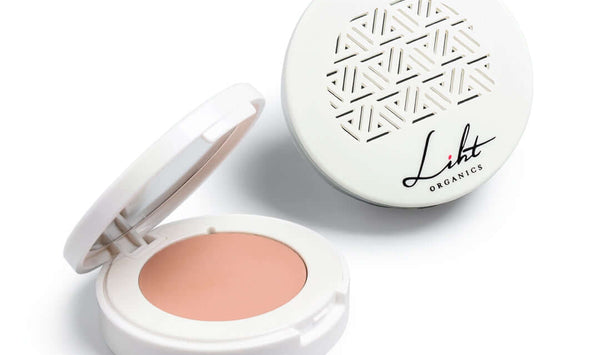
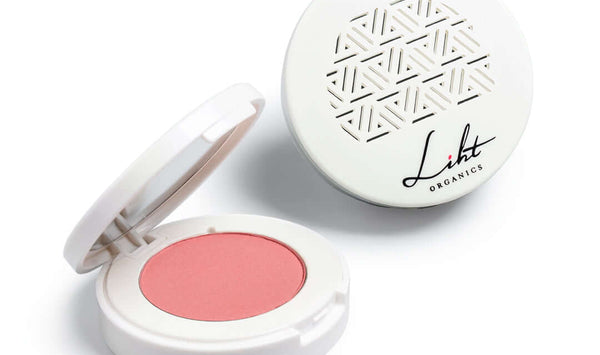
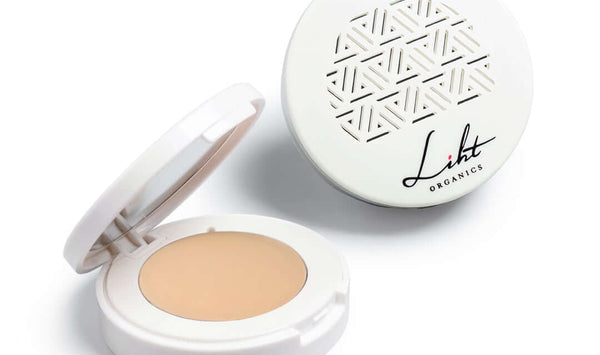
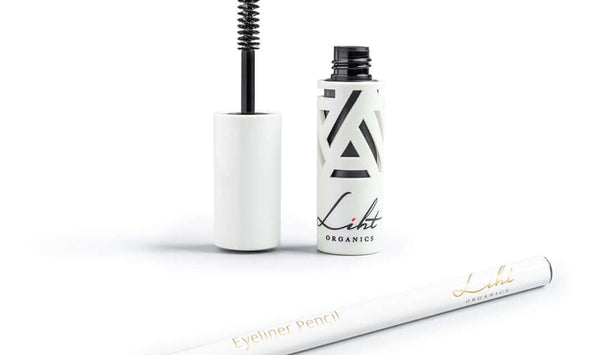
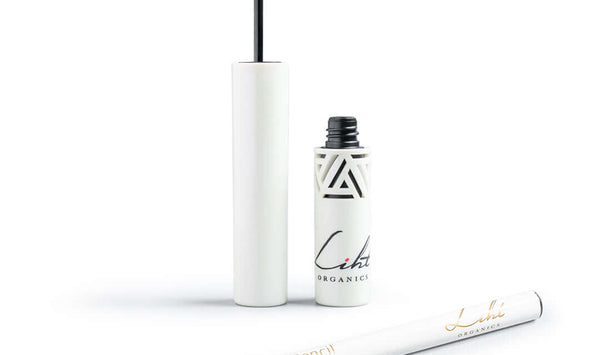
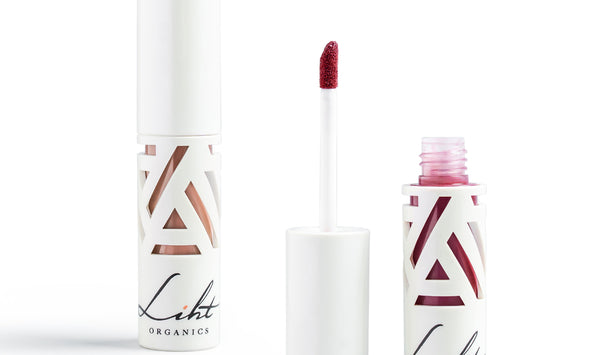
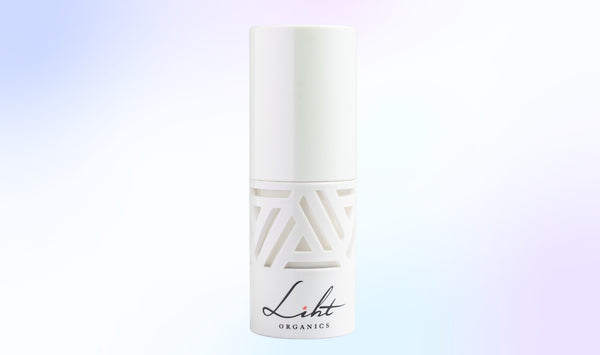
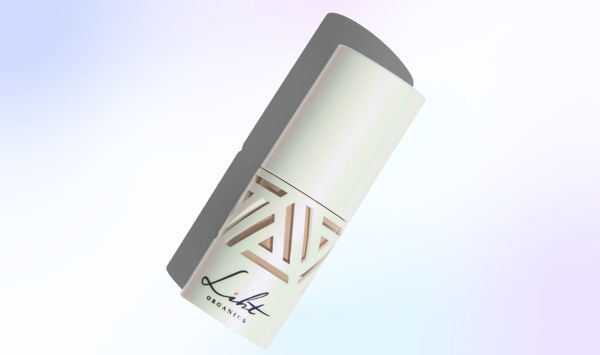
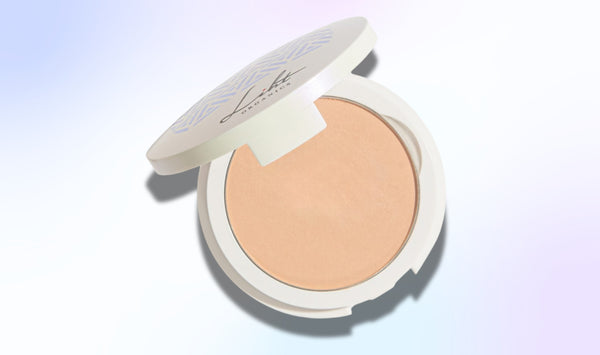
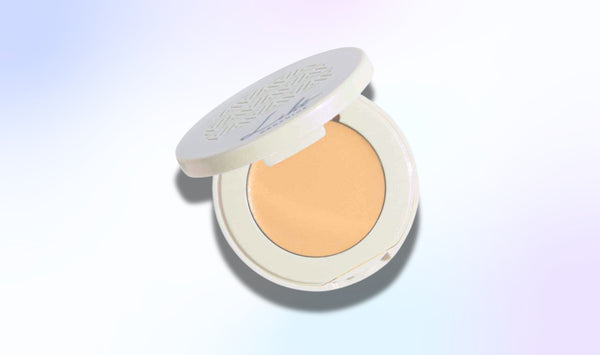
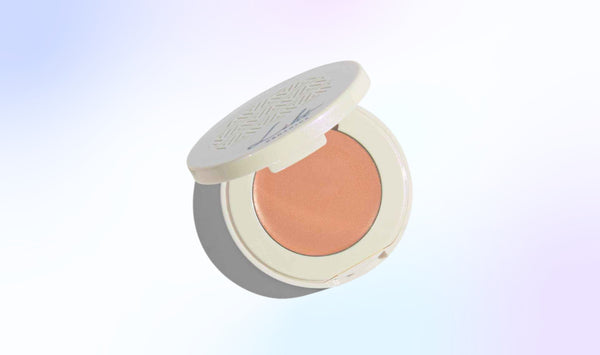
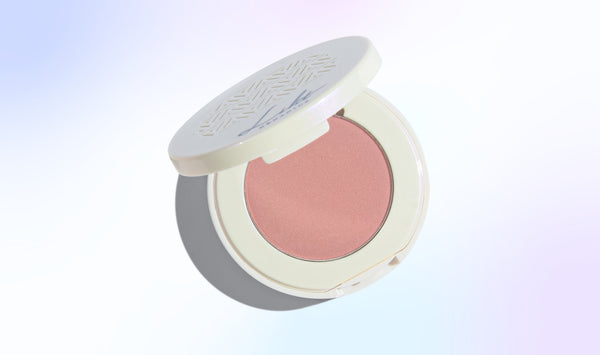
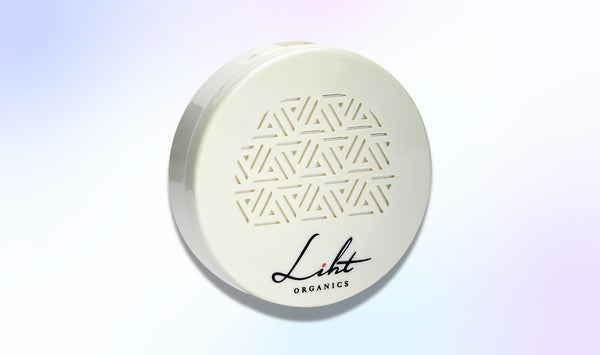
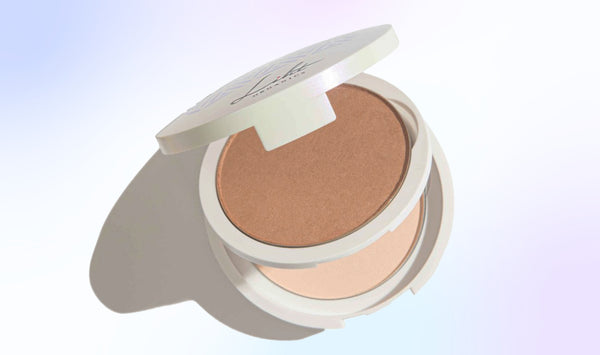
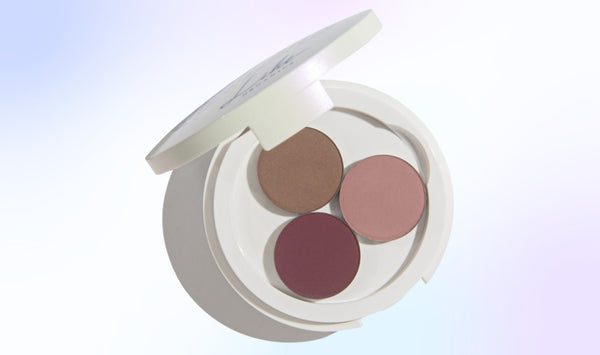
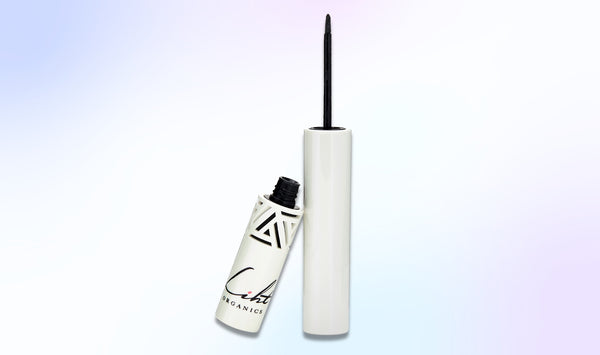
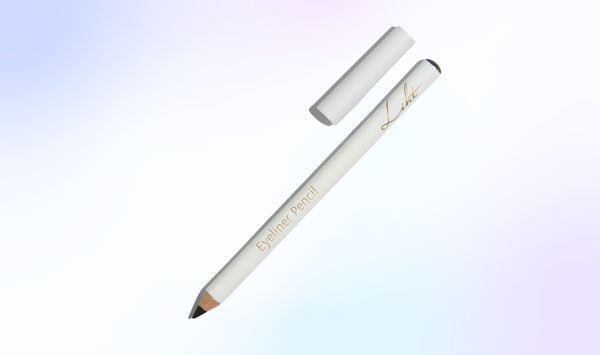
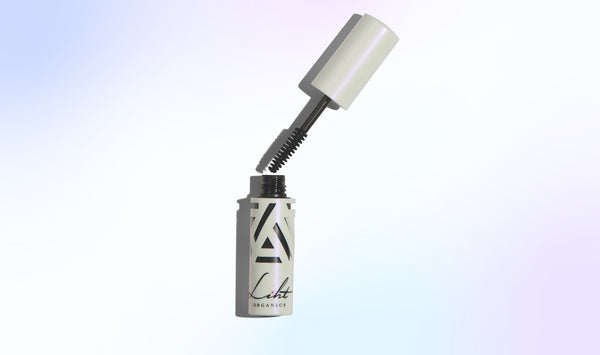
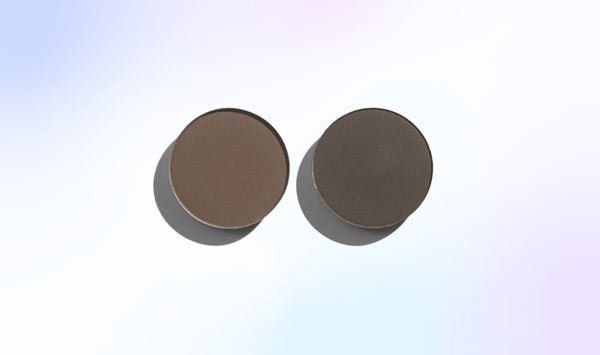
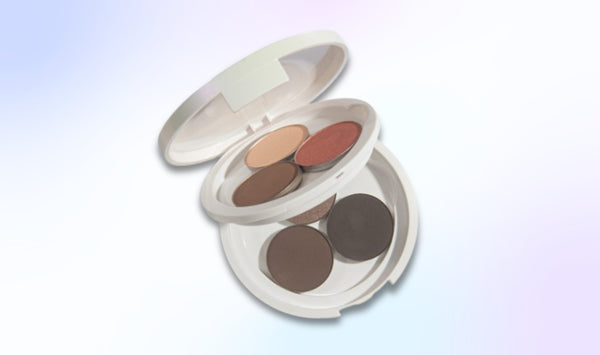
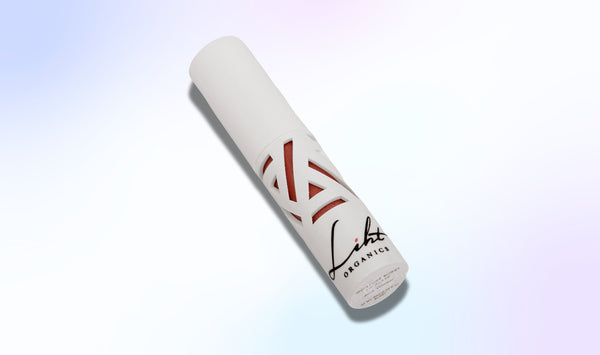
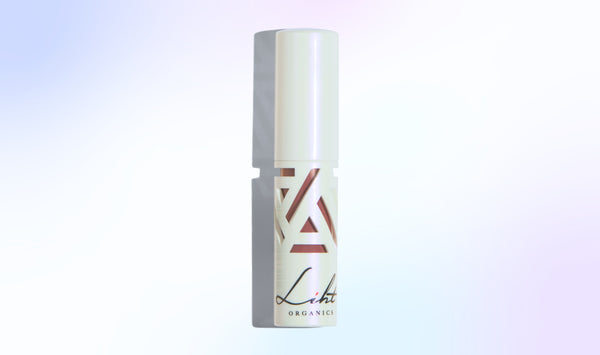
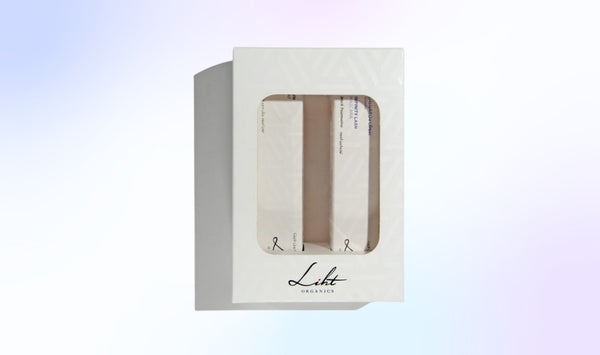
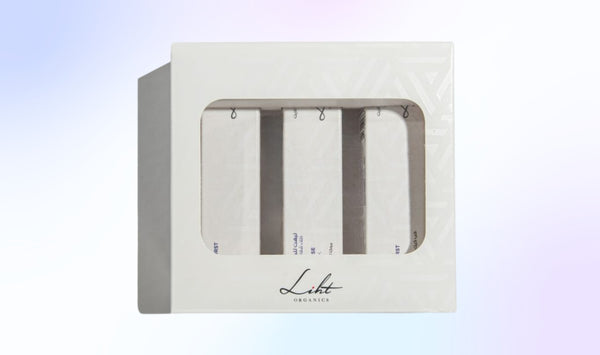
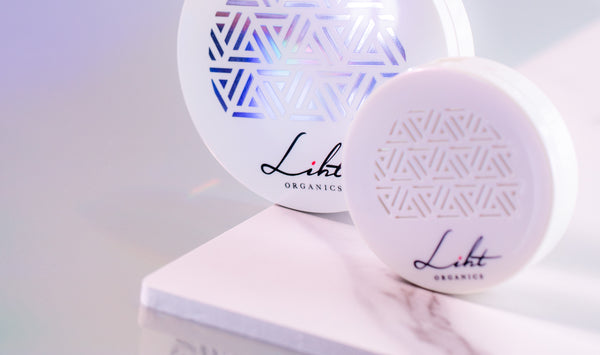
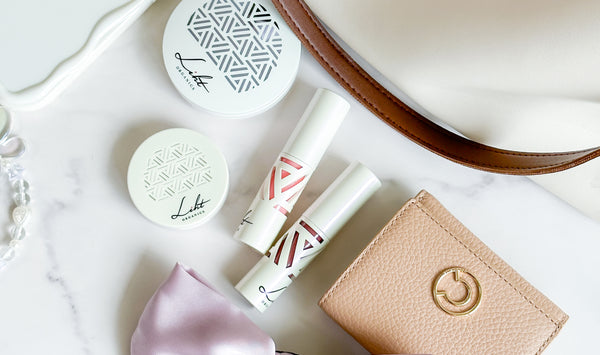
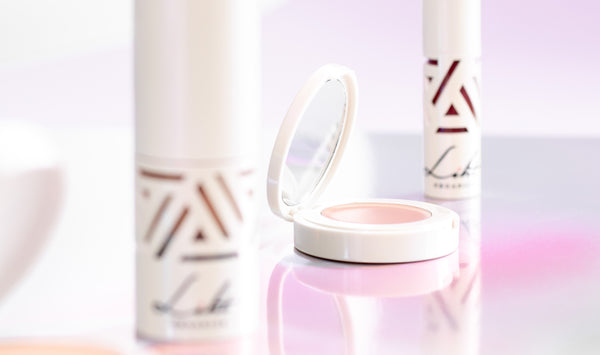




![[FEATURE] Liht Organics to debut at TFWA Asia Pacific show](http://lihtorganics.com/cdn/shop/articles/1_1.png?v=1759328400&width=170)
![[FEATURE] The Singapore-based organic makeup brand is a first-time exhibitor at this year’s TFWA Asia Pacific Exhibition in Singapore in May 2025](http://lihtorganics.com/cdn/shop/articles/2_1.png?v=1759328386&width=170)
![[FEATURE] Travel Retail Awards 2025 finalists - Best Make-up Product Color-Intense Liquid Lipstick – Liht Organics](http://lihtorganics.com/cdn/shop/articles/4_e2f54f0f-fcd1-46e7-9990-fc9d29e35131.png?v=1759328382&width=170)
![[FEATURE] Liht Organics targets expansion in travel retail](http://lihtorganics.com/cdn/shop/articles/3_1.png?v=1759328346&width=170)
































































